M&TT Colloquia Archive
2021-2022
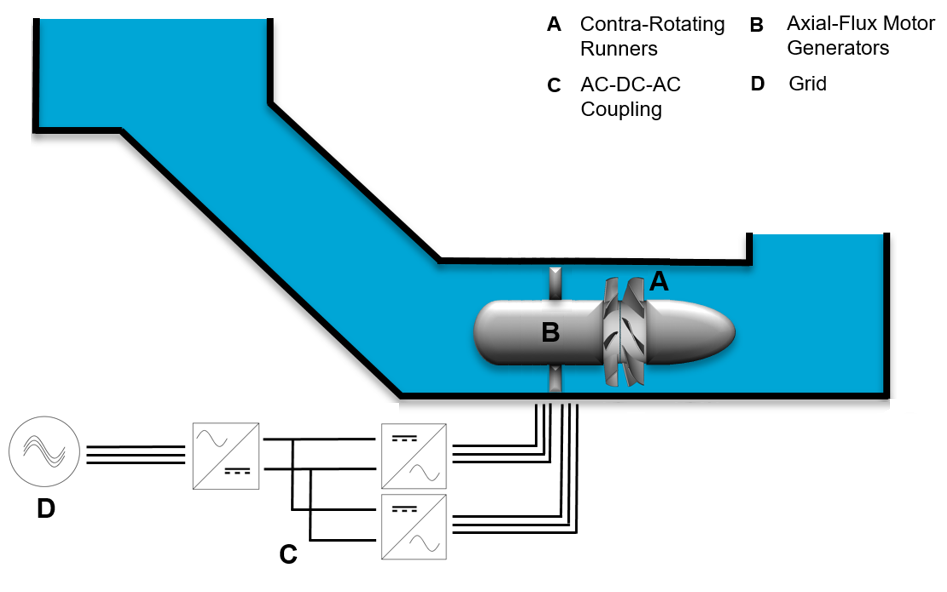
System Model Development and Numerical Simulation of Low-Head Pumped Hydro Storage
Justus Hoffstädt, June 15th, 2022, Lecture Hall E
To tackle the growing demand for grid-scale energy storage, facilitating the progressing energy transition, the ALPHEUS project proposes a novel low-head pumped hydro storage system. This system consists of a reversible pump-turbine technology with two contra-rotating runners coupled to their respective axial-flux motor-generators as well as a dedicated control, optimising for energy balancing and the provision of ancillary services. Aimed for coastal application in countries where the topography does not allow for traditional high-head storage, the design of a full-scale plant closely resembles tidal range power stations. However, instead of utilising variations in pressure head caused by tidal changes to power turbines, the proposed system stores energy by pumping water out of a reservoir separated from the sea and is hence able to recoup it releasing the water through the same pump-turbines. To investigate the performance and dynamics of such a plant, a combination of laboratory experiments and computational model simulations are conducted within ALPHEUS. To better understand the integration and dynamic interaction of the individual components of the plant and to allow for the simulation of a wider variety of operating conditions and scenarios, this research aims at developing a system model coupling hydraulic, mechanical and electrical components. Simulations of interest are varying power ramp rates and switching times between pump and turbine mode, since quicker responses of the system improve its capability to contribute to stabilising the grid. For the hydrodynamic model a one dimensional compressible flow approach has been chosen and is coupled to the characterised runners, drivetrain and motor-generator models. To solve the coupled partial differential equations they are first transformed into ordinary differential equations using the finite difference method. Characteristic equations are used to solve the boundaries. The established model is applied to a scaled-down version of the system. The dynamic cases chosen to verify the model, are a start-up sequence and a fast change of operating points. The numerical results are compared and verified based on CFD results.
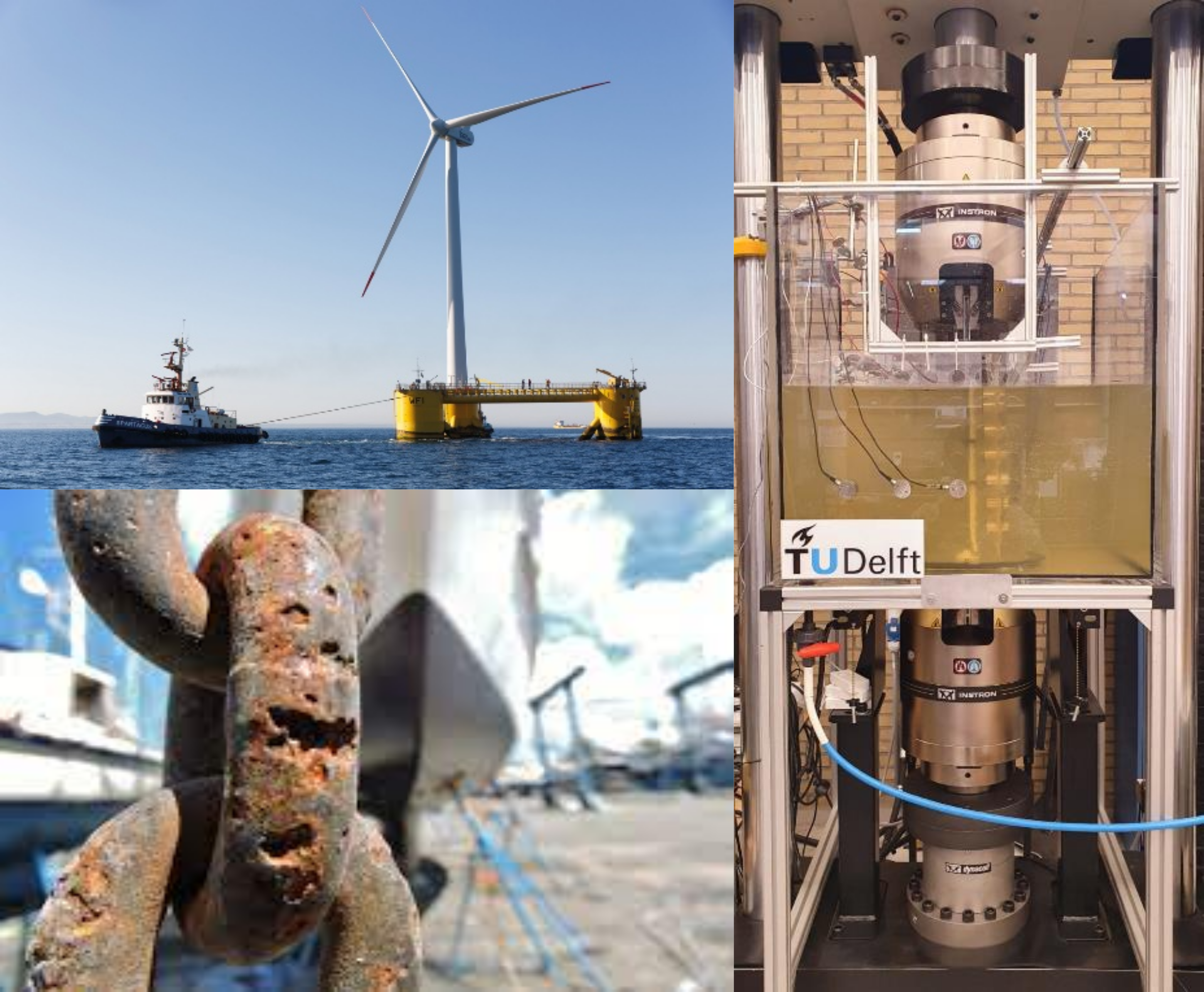
Non-contact acoustic emission monitoring of corrosion-fatigue damage in submerged steel structures
Filippo Riccioli, June 7th, 2022, Lecture Hall E
Floating offshore structures, e.g. wind turbines, photovoltaic, and floating production and storage and offloading units (FPSOs), are typically moored to the seabed through mooring chain systems. Because of the subsea environment and the cyclic loads, e.g. waves, wind, etc., corrosion and fatigue are regarded as main degradation types affecting the integrity of the submerged structure. Acoustic Emissions (AE) monitoring implies a set of transducers that capture/record sonic and ultrasonic emissions, i.e. energy releases, in the material due to a non-reversible local change in the material structure. The on-going work on non-contact acoustic emission monitoring of corrosion-fatigue damage is presented based on acoustic emission measurements acquired during corrosion-fatigue experiments performed on a steel sample.
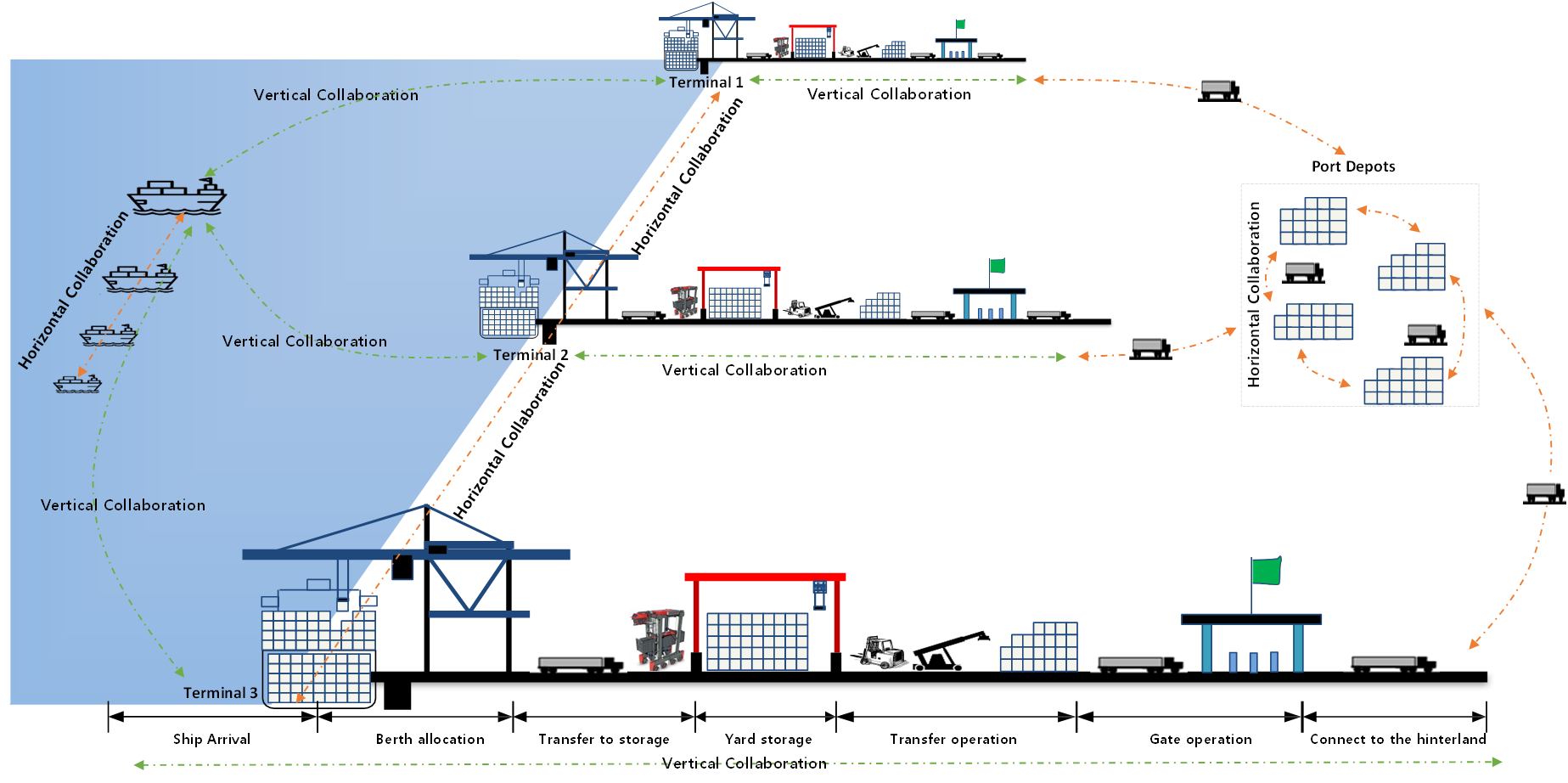
A collaborative berth planning model in response to disruptions
Xiaohuan Lyu, June 1st, 2022, 16h00, Lecture Hall E
Maritime transportation remains the backbone of globalized trade and the manufacturing supply chain, as more than four-fifths of world merchandise trade by volume is carried by sea. The increasing trend of containerization has led to a sharp rise in ship size and ship calls, which accordingly brought about more traffic congestion, pollution, and additional investment. Meanwhile, Greenhouse Gas Emissions (GHG) goals by 2050 and policies on Emission Control Areas (ECAs) have also urged the maritime transport sector to reshape itself to be more efficient and decarbonized. In addition, the COVID-19 pandemic that happened in 2020 has underscored the resilience of the global supply chain.
Given the above urgent requirements, one way forward is to establish further collaboration in the maritime sector. The development of digitization has strongly supported the collaborative decision-making process, for example, to better measure, monitor, and control port operations by real-time information sharing. However, promoting collaboration is still challenging because of its higher joint planning and synchronization requirements. Moreover, players may not be willing to share all the information due to competition or fraud to manipulate the game. It is necessary to consider these cases to facilitate effective collaboration in practice. Thus, This study aims to design a collaborative maritime transportation system on the cusp of sharing trends to achieve higher goals on efficiency, decarbonization, and resilience in new times of digitalization.
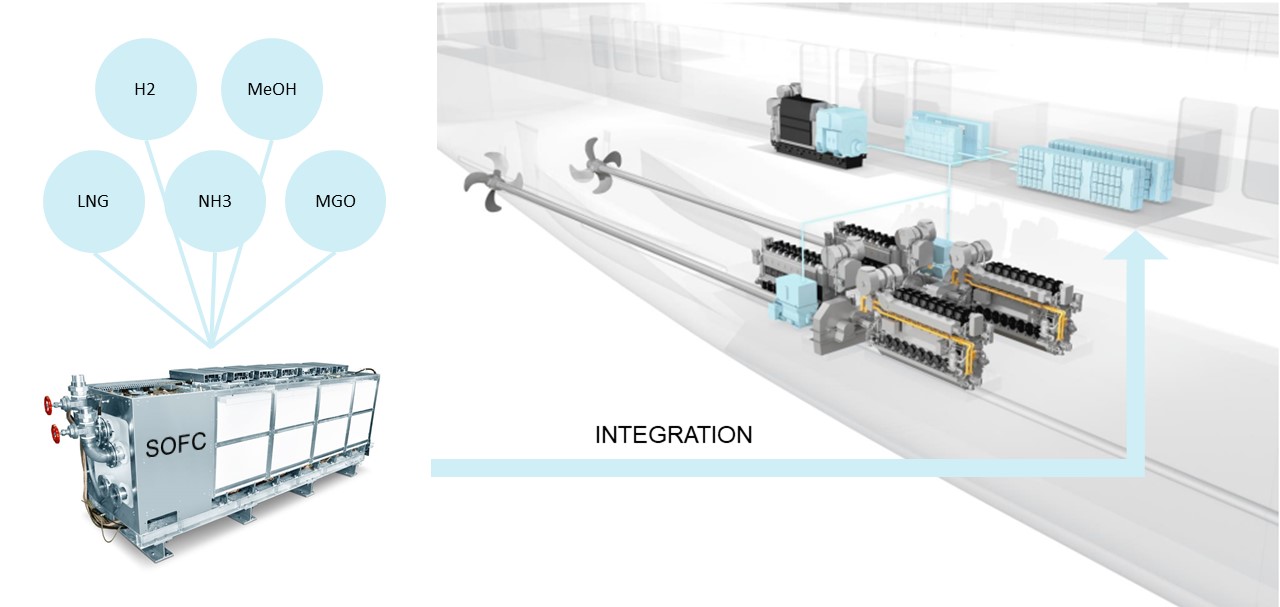
Low emission power generation for marine power plants
Berend van Veldhuizen, May 25th, 2022, 16h00, Lecture Hall E
The marine industry has a significant contribution to GHG, NOx and SOx emissions and upcoming IMO regulations increase the need for low emission power generation on ships. Solid Oxide Fuel Cells (SOFCs) are considered as a promising option for marine power plants because they convert fuel at high efficiency and low emissions while also offering fuel flexibility. The latter is important since it is unclear which alternative fuel will be widely available in the future. To select an alternative fuel it would be necessary to know how the different fuels perform for a marine SOFC power plant. This research evaluates the performance of marine SOFC power plants for several alternative fuels and indicates its potential to reduce emissions.
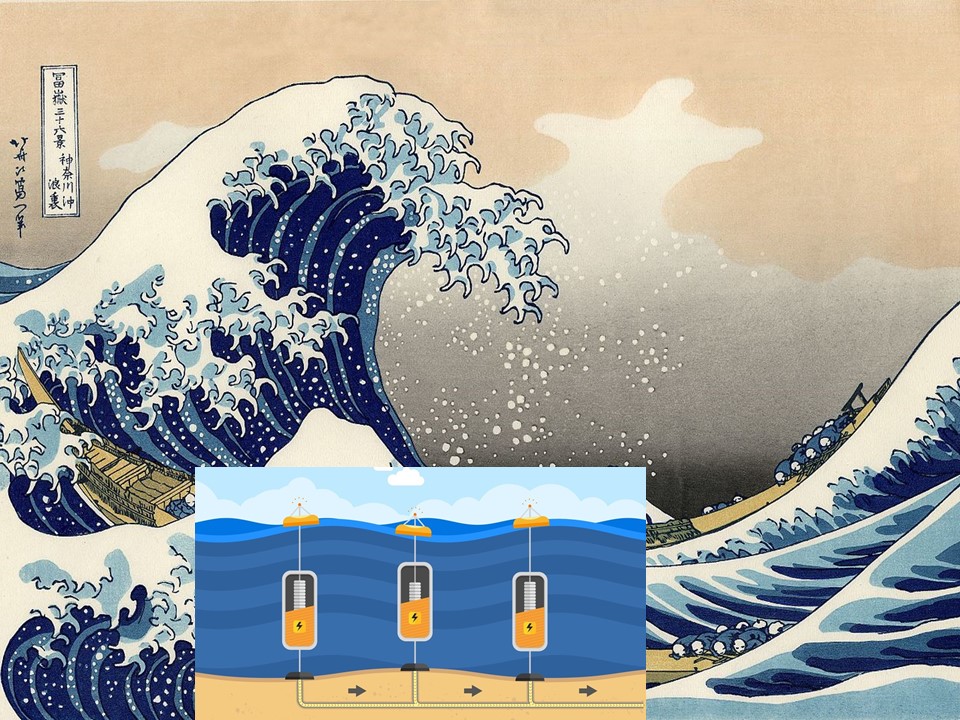
Improving the Feasibility of Wave Energy Converters - From the angle of system sizing
Jian Tan, May 18th, 2022, 16h00, Lecture Hall E
Ocean waves contain a huge amount of clean energy, which is attractive to renewable energy communities. Wave energy has been researched over decades, and a number of wave energy converters (WECs) have been proposed and even tested. However, its levelized cost of energy (LCOE) is much higher than other competitive renewable technologies, such as wind energy and solar energy. This is a big hurdle to the large-scale commercialization of WECs.
Sizing is influential to the techno-economic performance of WECs, and it is expected to contribute to the improvement. However, in order to comprehensively size WECs, multiple components and energy transmission stages need to be considered, including captors and power take-off (PTO) systems. Hence, a systematic sizing method is required. The challenges include: 1) how to accelerate the calculation since sizing normally requires a large number of numerical iterations; 2) how PTO sizing interacts with the overall sizing of WECs; 3) how to further improve the power production with constrained PTO sizes.
This presentation would cover the main motivation and recent progress of this research.
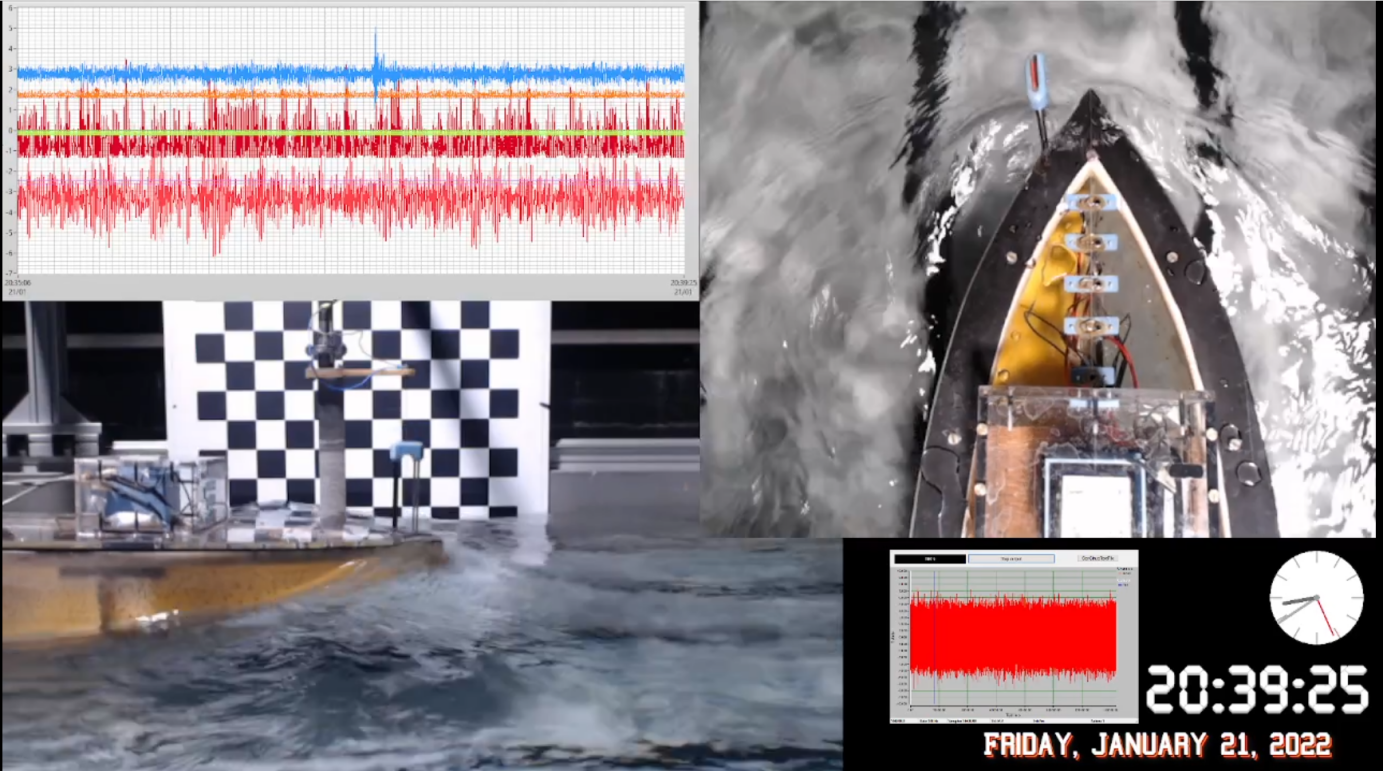
Distributions of Green Water Events
Anna Boon, May 11th, 2022, 16h00, Lecture Hall F
A need for big data sets for extreme wave loadings was identified. An innovative wave-current flume was built, enabling long-running experiments with irregular waves and forward velocity. Large amounts of greenwater data are obtained from this facility. From the data, the distributions of the occurrence of greenwater and the pressures caused by greenwater are found. With this information an equation for the probability of pressure exceedence on deck due to greenwater for certain sea states, sailing times, drafts and forward velocities is formulated.
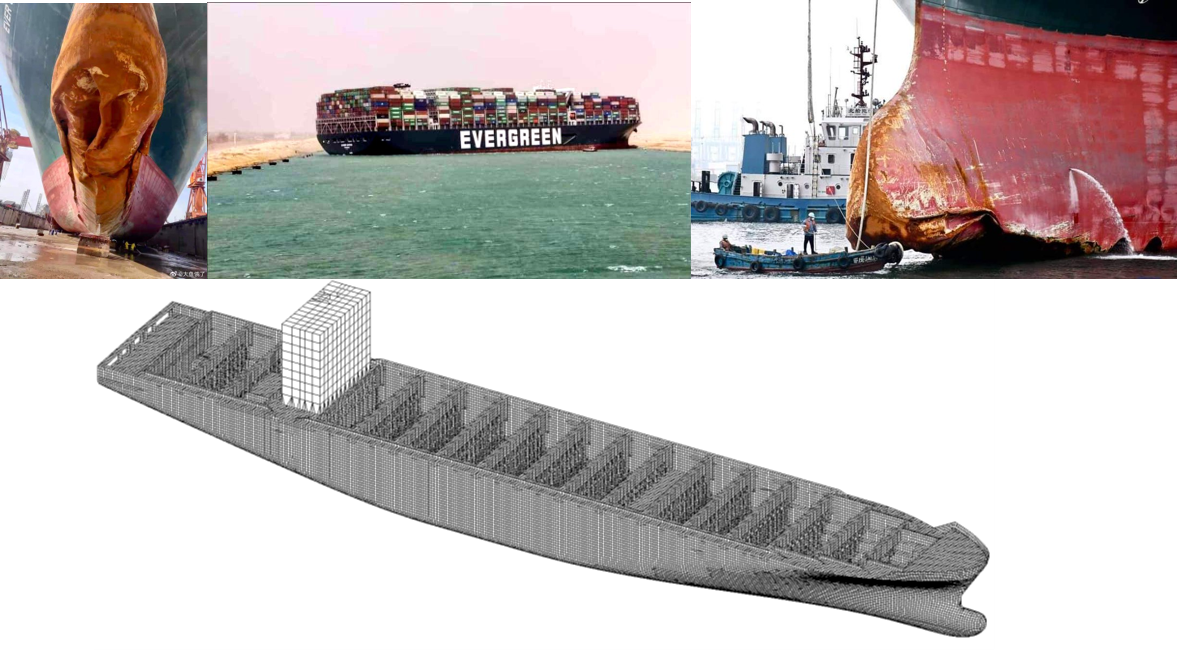
Steel Ship Structures Failure Modelling
Mohammed Adly, May 4th, 2022, 16h00, Lecture Hall F
Ships and offshore structures are sometimes subjected to accidental situations compromising their structural integrity. The challenge in failure modelling structures of such size is usually the compromise between the computational effort and accuracy of models and simulations. In this regard, the eXtended Finite Element Method (XFEM) of shell elements is presented as an interesting avenue for application. The successful utilization of XFEM however requires considerable development before it is ready for engineering practice. This presentation will therefore aim to elaborate and shed the light on the following question. How is it possible to accurately and efficiently model large ship and offshore structures up to failure? My current work is on developing the traction separation law necessary for XFEM a priori based on material properties, stress states and boundary conditions rather than a posteriori.
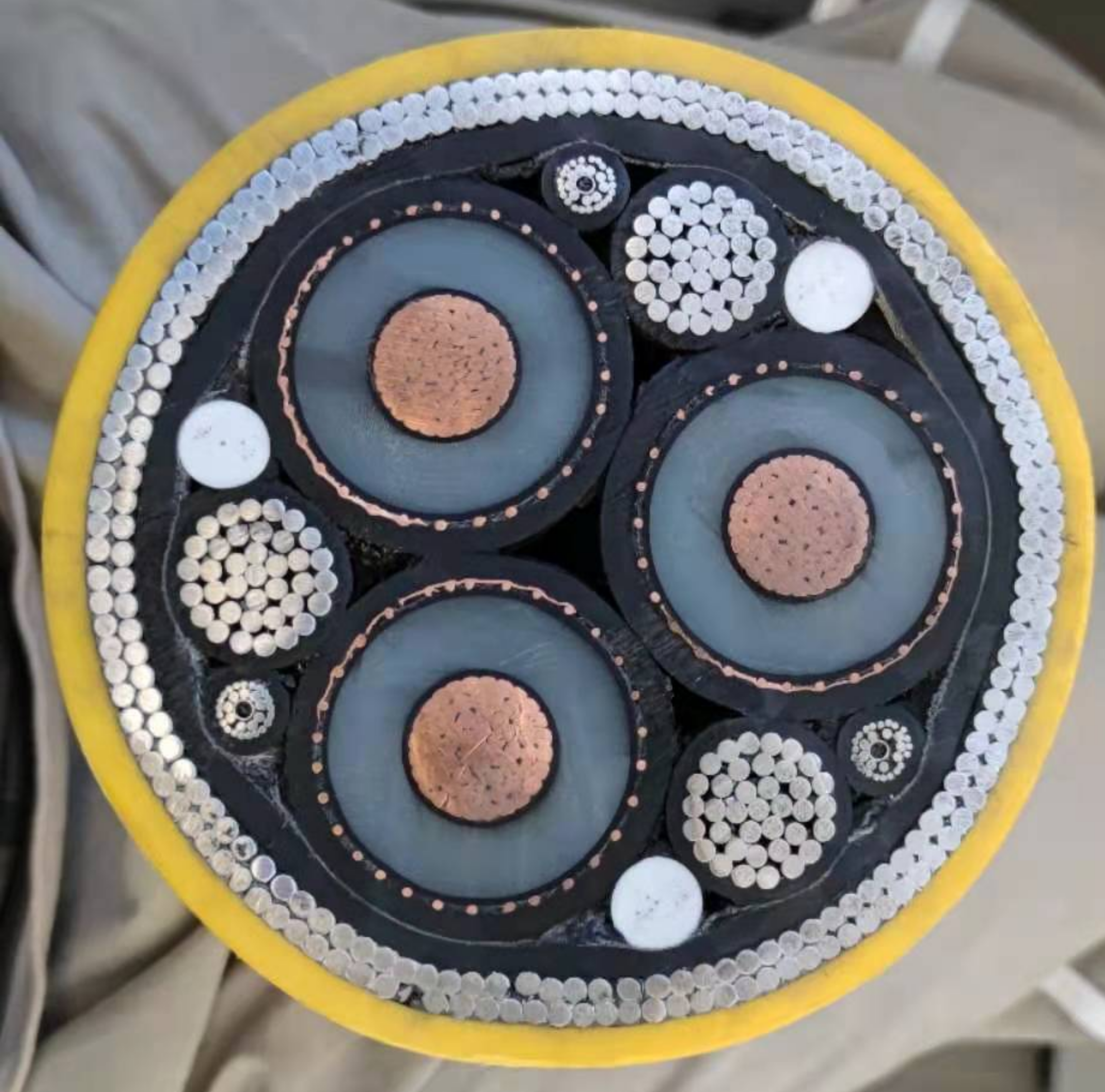
Development of a feasible structural model to predict the mechanical properties of dynamic power cables (DPC)
Pan Fang, April 20th, 2022, 16h00, Lecture Hall F
Submarine power cables have been involved with different failures during service, especially for the dynamic power cable, which suffers different loadings from currents, waves and the movements of platforms. The presentation is aimed to introduce the basic idea and method to predict the mechanical behaviour of dynamic power cables under the common loadings such as tension, torsion and bending. The research proceeds from a local smaller cross section to a bigger overall cross section of the cable by using a special RUC (repeated unit cell) finite element model considering the complexity of the structure. The audiences will get a basic idea about the mechanical study of an ocean structure and some interesting tests I’ve done regarding a real submarine power cable.
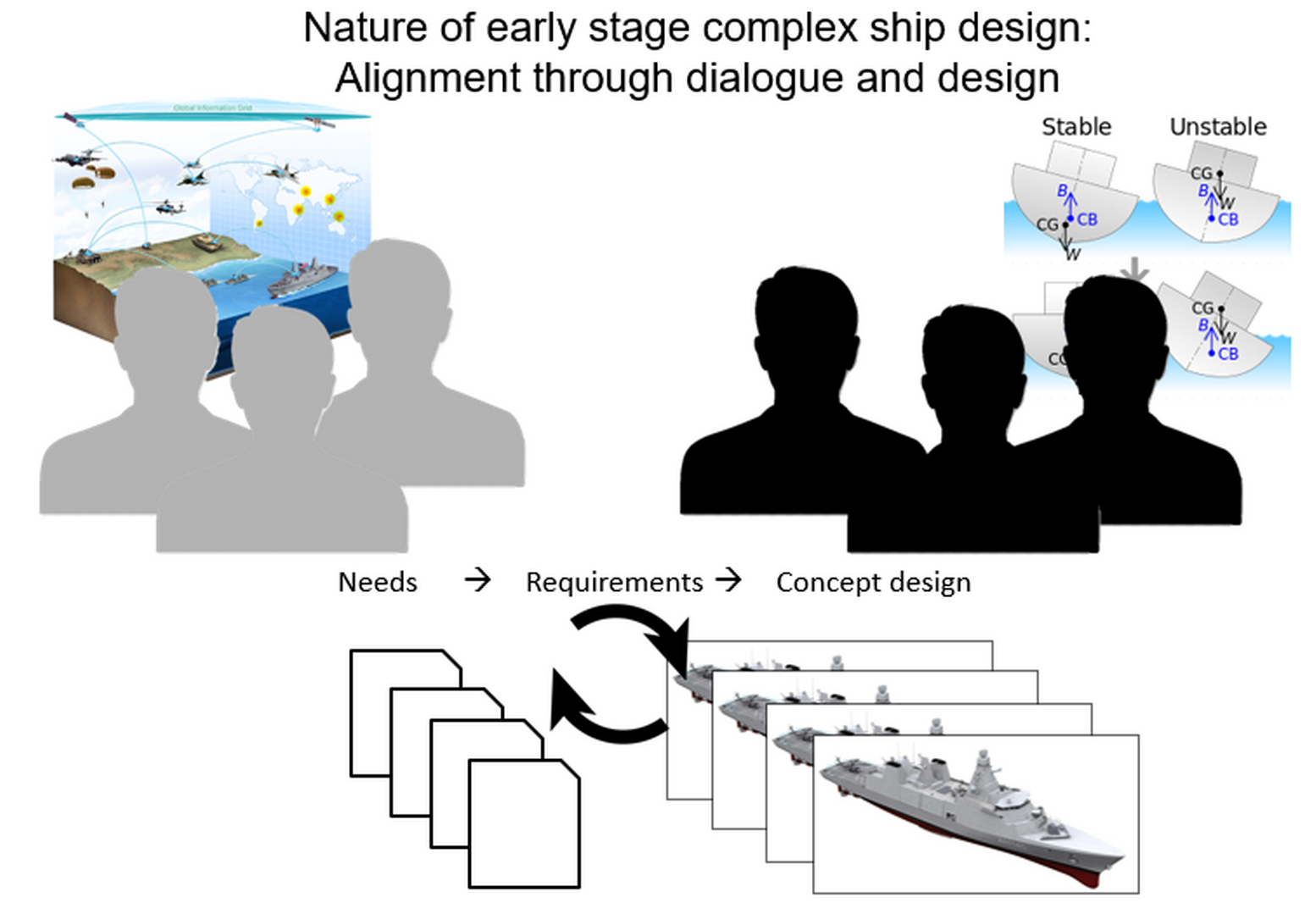
Design rationale capturing and reuse in early stage complex ship design
Joan le Poole (SDPO), April 13th, 2022, 16h00, Lecture Hall E
Complex ships, such as naval vessels and large service vessels, are characterized by a constantly changing design landscape, due to endogenous, exogenous, and temporal factors. Also, the design process involves many stakeholders with various perspectives and preferences. Concept designs are an essential product of early stage complex ship design activities, for instance to inform stakeholders on potential conflicts between requirements and preferences and to evaluate technical feasibility and affordability. Hence, many design decisions involve uncertainty and might be revisited at a later stage. At the same time, design rationale behind these decisions is not always captured (well). This complicates the reconsideration of past decisions. To enhance this situation, some key challenges (e.g. intrusiveness in the design process and cost-benefit balance) to design rationale capturing need to be resolved.
The integration of on-the-fly design rationale capturing and reuse, and design work is proposed as a solution to overcome these challenges. The presentation will elaborate on 1) the problem, and 2) the solution, while aiming to increase the awareness of that ships are the product of very diverse, yet highly interrelated design aspects.
How important are your design considerations to the overall design, and how would you convey that to other design disciplines?